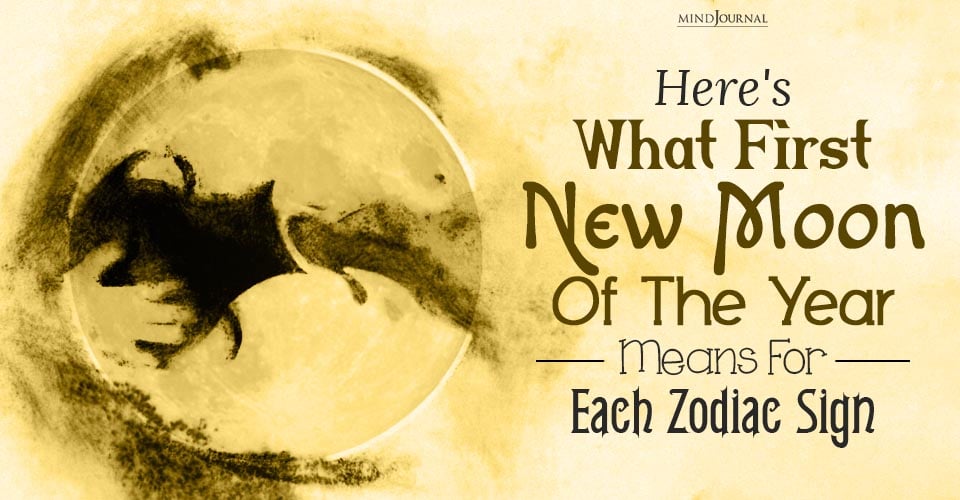In a recent revelation, a chiropractic neurologist sheds light on a pervasive symptom of anxiety known as “air hunger” or dyspnea, unveiling its impact on individuals’ breathing patterns and offering a simple exercise to alleviate it. Dr. Kwan Kin (Tommy) Pang, a board-certified chiropractor specializing in functional neurology, has garnered attention with his insights into this often-overlooked aspect of anxiety.
Air hunger, as medically referred to, is characterized by the sensation of shortness of breath, tightness in the chest, and the feeling of inadequate air intake into the lungs. Dr. Pang emphasizes that this symptom can be particularly distressing for individuals experiencing anxiety or postural orthostatic tachycardia syndrome (POTS), a dysautonomia condition affecting the nervous system’s regulation.
Understanding Air Hunger
Explaining the sensation of air hunger, Dr. Pang likens it to the perception of insufficient oxygen in the air or weakness in the lungs. Through a viral TikTok video, which has amassed over 18.2 million views, Dr. Pang resonated with thousands of viewers who expressed relief at finally having a name for this unsettling symptom.
To address the concerns of his audience, Dr. Pang shared a follow-up TikTok video demonstrating a brain exercise aimed at stabilizing the nervous system and alleviating air hunger.
The exercise involves sitting in a chair and focusing on a designated point, such as a circle on the wall, while slowly turning the head from left to right. This motion is continued as the individual stands up from the chair, maintaining focus on the chosen focal point.
Dr. Pang advises individuals experiencing air hunger to repeat this exercise twice daily, cautioning them to stop if they feel dizzy. By incorporating this simple practice into their routine, individuals may find relief from the distressing symptoms associated with air hunger and anxiety.
The widespread attention garnered by Dr. Pang’s revelations underscores the significance of addressing the physical manifestations of anxiety and related conditions. Anxiety affects a growing number of individuals each year, and symptoms such as air hunger can significantly impact the quality of life if left unaddressed.
Moreover, Dr. Pang’s approach highlights the interconnectedness of the mind and body, emphasizing the importance of holistic approaches to mental health and well-being. By targeting the nervous system through simple exercises, individuals can potentially mitigate the physiological effects of anxiety and enhance their overall sense of calm and comfort.
As awareness of air hunger and its implications continues to grow, it is essential for healthcare professionals and individuals alike to prioritize strategies for managing anxiety-related symptoms effectively.
Dr. Pang’s contributions provide valuable insights into this aspect of mental health, offering hope and practical solutions to those grappling with the challenges of anxiety and dyspnea.









Leave a Reply